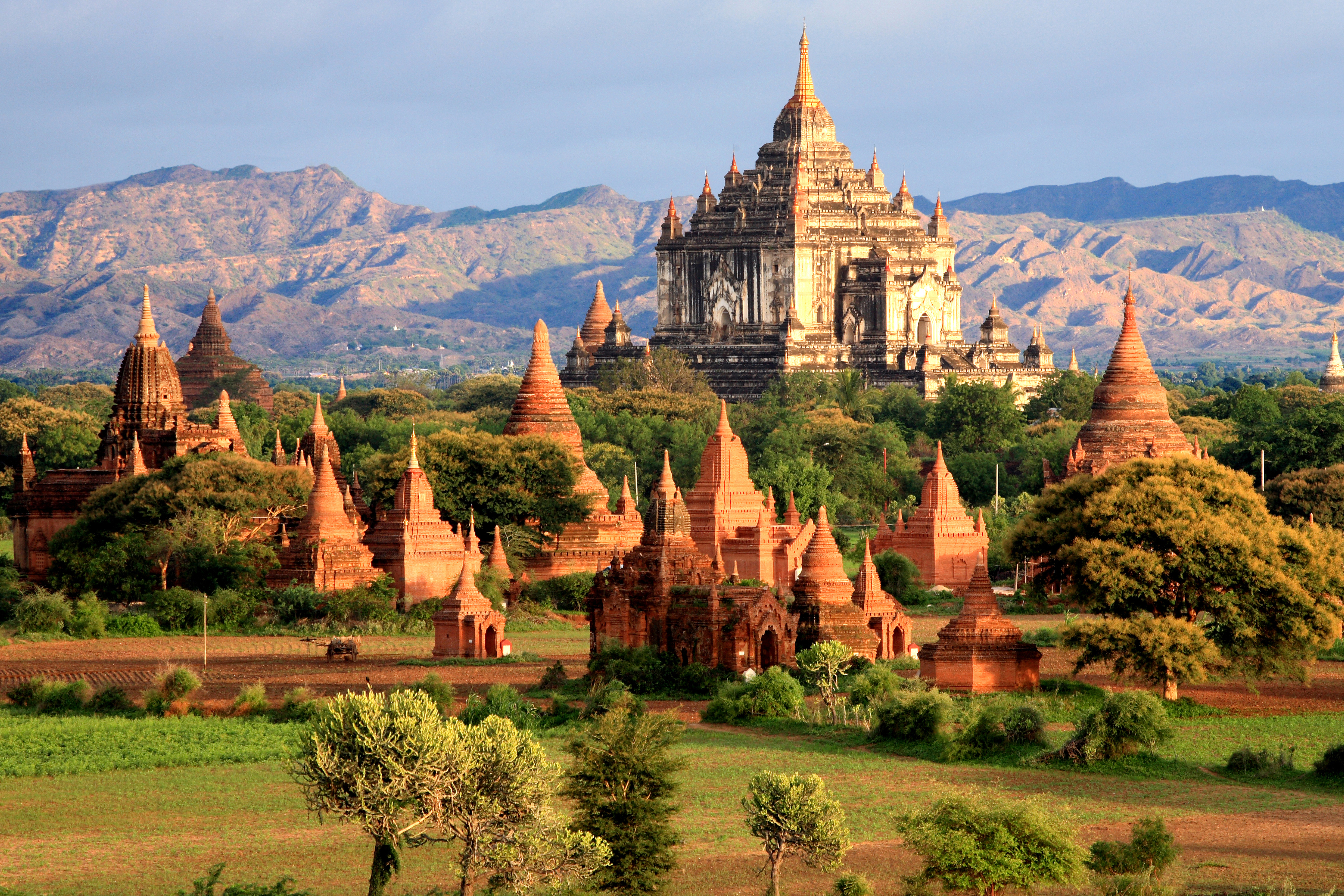
Mid-11th – Late 13th Century
Since the 9th century, many different tribes such as the Hmong and the Pyu gathered south to the Irrawaddy River and maintained their power in the area.
The Bagan Empire, created by the Burmese in the mid-11th century, began spreading its influence across the entirety of Myanmar.
The Bagan Empire became the strongest power in southeast Asia as it flourished in the 12th century, but it fell after being invaded by the Mongols in 1287.
Late 13th Century – 18th Century
The territory of the former Bagan empire was split between various small kingdoms such as the Kingdom of Ava and the Shan kingdoms, which were in constant conflict with each other.
Of these kingdoms, the Burmese Taungoo dynasty reunified Myanmar in the mid-16th century.
The Taungoo dynasty came to rule most of the western part of southeast Asia but fell in 1782 to an alliance between the Mon people and the French.
Mid-18th Century – Late 19th Century
In 1752, the final dynasty of Myanmar was established: the Burmese Konbaung dynasty.
After waging 3 wars with the British Empire, which had been expanding its influence in India, the Konbaung dynasty fell in 1885, and Myanmar came under British colonial rule.
20th Century
Myanmar regained its independence in 1948 and created the Union of Burma but went through a period of political upheaval.
Military rule began in 1962.
In June 1989, the name of the country was changed from Burma to The Republic of the Union of Myanmar, which is still used today.
The capital was moved from Yangon to Naypyidaw in 2006, and after a general election in 2015, Myanmar established a democratic government for the first time.